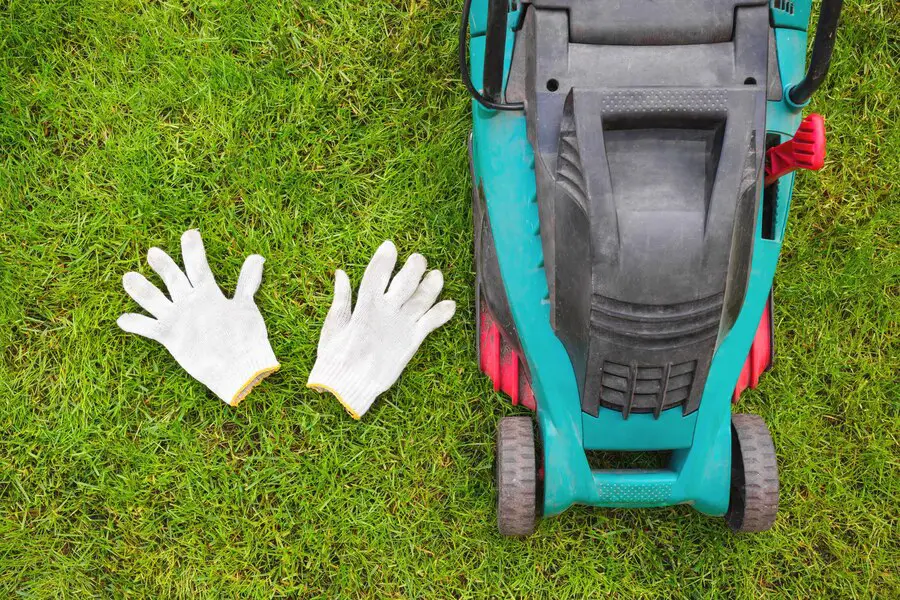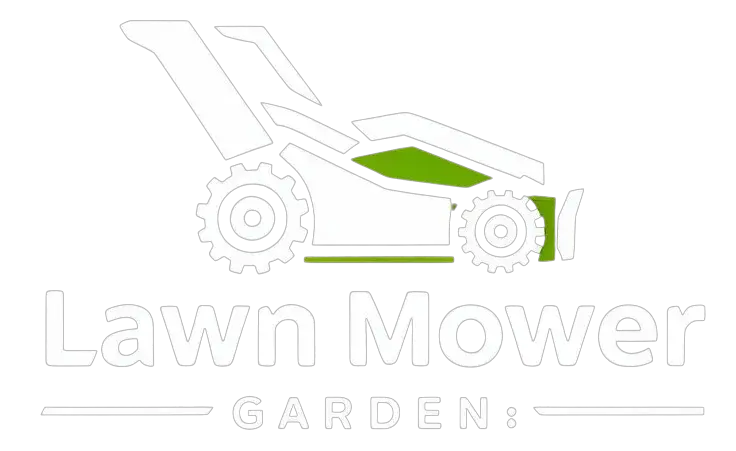
Lawn mowers are the unsung heroes of our gardens, helping to keep our lawns neat, tidy, and aesthetically pleasing. But behind the hum of the engine and the satisfaction of a freshly cut lawn lies an often-overlooked aspect of mowing—safety. Whether you’re a seasoned landscaper or a weekend warrior, understanding the importance of safety gear for operating lawn mowers is crucial. After all, a beautiful lawn shouldn’t come at the expense of your well-being.
In this post, we’ll delve deep into the world of lawn mower safety gear, from the basics to the more advanced equipment, offering practical advice and expert tips to ensure your mowing sessions are not only efficient but also safe.
Why Safety Gear Is Crucial for Mowing
Before diving into the specifics, let’s set the stage with an important truth: lawn mowers can be dangerous. Every year, thousands of lawn mower-related injuries occur—ranging from minor cuts to more severe accidents involving amputations or even fatalities. The National Safety Council (NSC) reports that over 80,000 people are injured by lawn mowers annually, with a significant portion of these accidents involving lack of proper safety measures.
Think about it: lawn mowers operate at high speeds and use sharp blades, often throwing debris in unpredictable directions. Combine this with the fact that many people mow in awkward positions or operate the mower without thinking of safety, and you’ve got a recipe for disaster.
That’s where safety gear comes in. It provides an essential layer of protection, safeguarding you from the most common mower-related accidents. Now, let’s explore the gear that will help keep you safe.
1. Protective Clothing: The First Line of Defense
When it comes to safety, the clothing you wear can make a huge difference. While some may think wearing old jeans and a T-shirt is enough, there are specific types of clothing that are much better suited for mowing tasks.
Sturdy Pants and Long Sleeves
Protective clothing should cover as much of your skin as possible. Sturdy, long pants (preferably denim or heavy-duty cotton) can shield you from flying debris, rocks, and sticks, which can often be kicked up by the mower’s blades. Shorts, while comfortable, leave your legs vulnerable to injury.
Similarly, wearing long-sleeved shirts can protect your arms from sunburn, cuts, and scrapes. In some cases, specially-designed work clothing made from durable, tear-resistant materials may be worth the investment for added protection.
Gloves for Grip and Protection
A good pair of gloves is essential for both comfort and safety. Mowing can be hard on your hands, especially when pushing a mower for an extended period. Gloves offer additional grip to keep your hands firmly on the handles, reducing the risk of blisters and preventing hand fatigue. They also protect against flying objects and the sharp edges of the mower’s metal components.
Look for gloves with a strong grip and some level of padding, especially in the palms. Leather gloves or those made with synthetic materials designed for durability are often best for mowing.
2. Footwear: The Unsung Hero of Safety Gear
While most people focus on the mower itself, it’s easy to forget about your feet. However, lawn mower accidents involving feet are all too common, and the right footwear can make a massive difference in preventing injury.
Sturdy, Closed-Toe Shoes or Boots
Never mow in flip-flops, sandals, or open-toed shoes. Ideally, you should wear sturdy, closed-toe shoes or boots with steel-toe caps. This kind of footwear provides solid protection in case a mower blade kicks up a rock or debris in your direction. They also offer excellent grip to prevent slipping, which can be a problem, especially when mowing on uneven or wet ground.
For added protection, consider footwear that provides ankle support, as you may be required to make quick movements or adjustments when handling the mower. Rubber or waterproof boots are also great for keeping your feet dry when working in damp conditions.
Slip-Resistant Soles
It’s important to ensure that your shoes or boots have slip-resistant soles, especially if you’re mowing on uneven, wet, or muddy surfaces. Slip-resistant footwear reduces the likelihood of slipping, which could lead to a loss of control over the mower or even a fall.
3. Eye Protection: Shielding Your Vision
Flying debris is one of the biggest hazards when mowing, and small objects like rocks, sticks, or even grass clippings can end up in your eyes if you’re not careful. This is where protective eyewear comes into play.
Safety Glasses or Goggles
A good pair of safety glasses or goggles can protect your eyes from debris and prevent injuries like corneal abrasions, which are painful and often require medical attention. They also offer protection against harmful UV rays if you’re mowing during peak sunlight hours.
Goggles with a wraparound design offer more comprehensive protection by covering the sides of your eyes. Anti-fog coatings are a bonus, especially on hot and humid days when sweat might make it difficult to see.
4. Hearing Protection: Guarding Against Noise
Lawn mowers are loud—really loud. Operating one without hearing protection is like standing in front of a speaker at a rock concert, except it lasts much longer. Over time, repeated exposure to loud noises can lead to permanent hearing loss, making hearing protection an essential part of your mowing kit.
Earplugs or Earmuffs
Depending on your preference, earplugs or earmuffs are both great choices for noise reduction. Earplugs are more discreet and lightweight, while earmuffs provide a higher level of noise protection, often blocking out more sound.
For maximum comfort, choose earplugs that are designed for long-wear and won’t irritate your ears. If you go the earmuff route, look for adjustable models that fit comfortably over your ears and offer adequate padding for a secure fit.
Noise Reduction Rating (NRR)
Pay attention to the Noise Reduction Rating (NRR) on hearing protection products. A higher NRR rating indicates better noise reduction. For lawn mowers, a rating of 25–30 decibels is ideal for protecting your hearing while still allowing you to hear important sounds (like a neighbor calling for help or a mower malfunction).
5. Face Shields and Helmets: Ultimate Protection
If you’re dealing with heavy-duty mowing, especially in areas with lots of debris or tall grass, it might be worth considering face shields or helmets. These provide full facial protection from flying objects, offering a higher level of safety.
Full-Face Shields or Helmets
A full-face shield provides protection for your face, including your eyes and mouth, while still allowing you to maintain visibility. It’s an excellent choice for those who are concerned about injury from debris but don’t want to wear bulky goggles.
Some people prefer wearing a helmet with an integrated face shield. This option offers the best protection, especially for professional landscapers or those working in high-risk mowing environments.
6. Mower-Specific Accessories: Enhancing Safety Further
Aside from personal protective gear, several mower-specific accessories can improve safety and make the mowing process smoother.
Blade Guards and Deflectors
Mower blade guards and deflectors are a simple but effective way to reduce the risk of flying debris. These devices are often installed on the mower’s deck and redirect the debris away from the operator. If your mower doesn’t have one, consider purchasing one as an aftermarket accessory.
Mower Maintenance
Regular maintenance is just as important as wearing protective gear. Ensure that your mower is in good working condition by checking the blades, oil levels, and safety features before every use. A well-maintained mower is less likely to malfunction and cause accidents.
Conclusion: Stay Safe, Mow Smarter
Operating a lawn mower can be a peaceful, rewarding experience—especially when your safety is assured. By investing in the proper safety gear, you’re not only protecting yourself but also ensuring that your time spent mowing remains enjoyable and accident-free. Whether you’re cutting your own grass or working professionally, safety should always be a top priority.
Remember to always wear the right protective clothing, footwear, eye and ear protection, and, when necessary, helmets or face shields. Incorporating regular mower maintenance into your routine can further ensure that your equipment operates as safely as possible.
So, the next time you fire up your mower, take a moment to check your gear. Safety is never a waste of time—it’s an investment in your health, peace of mind, and future. Happy mowing!



